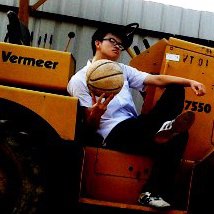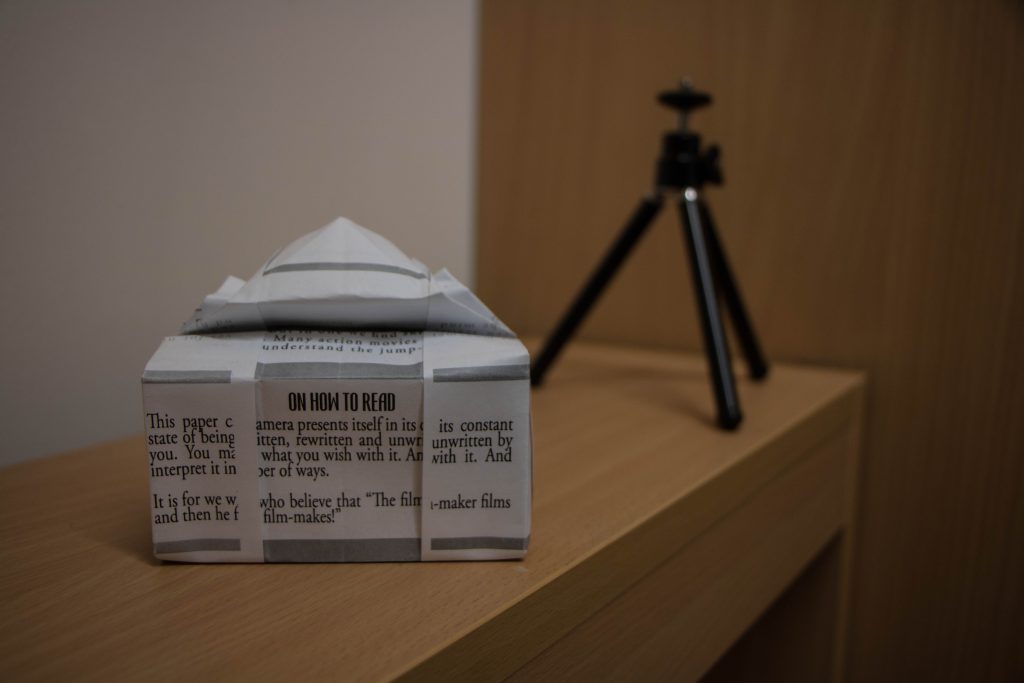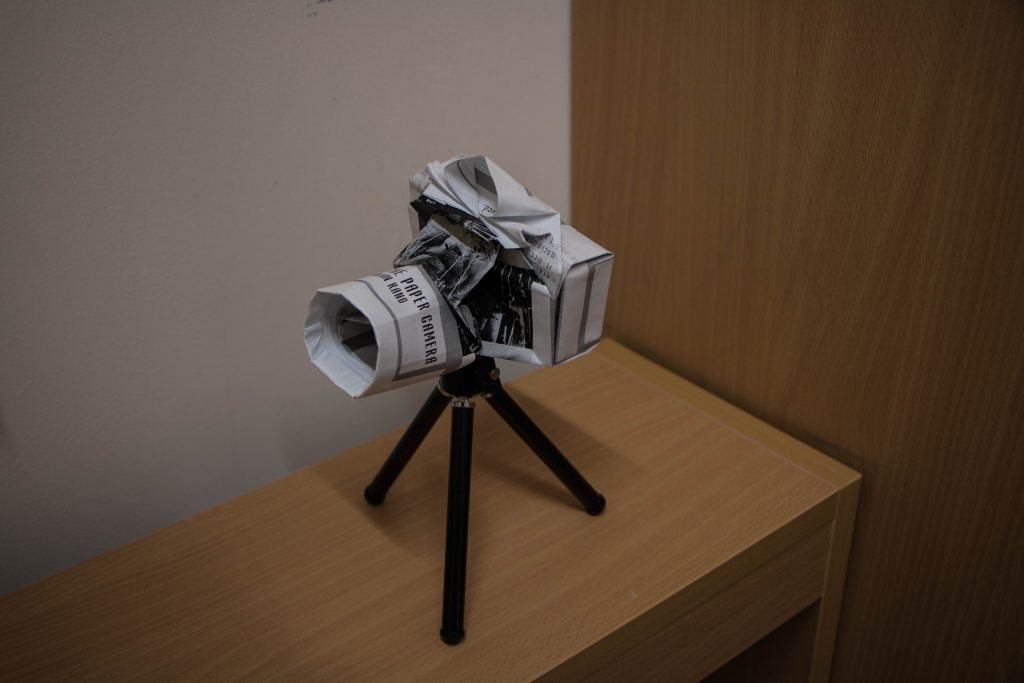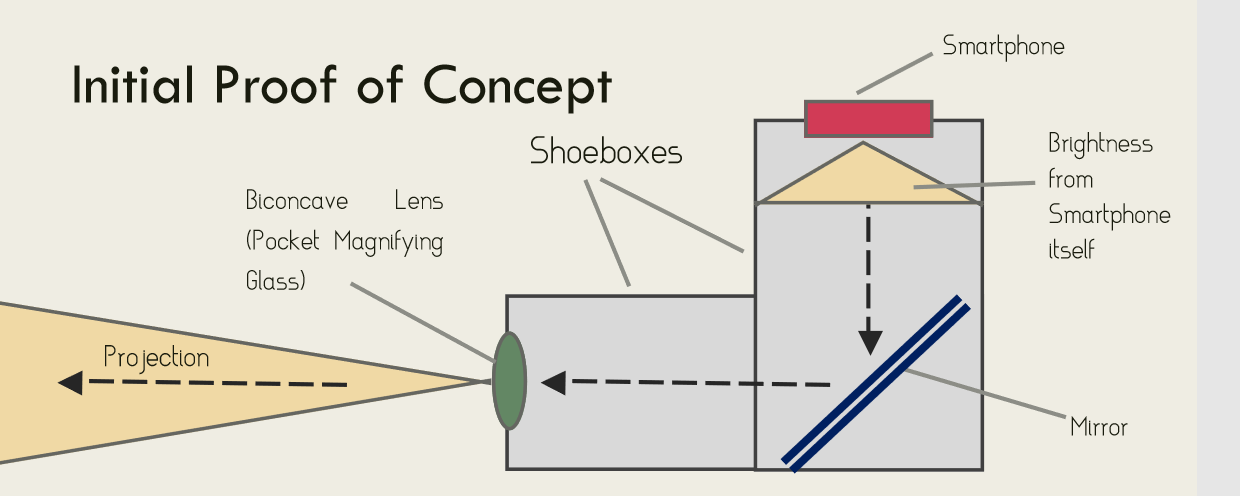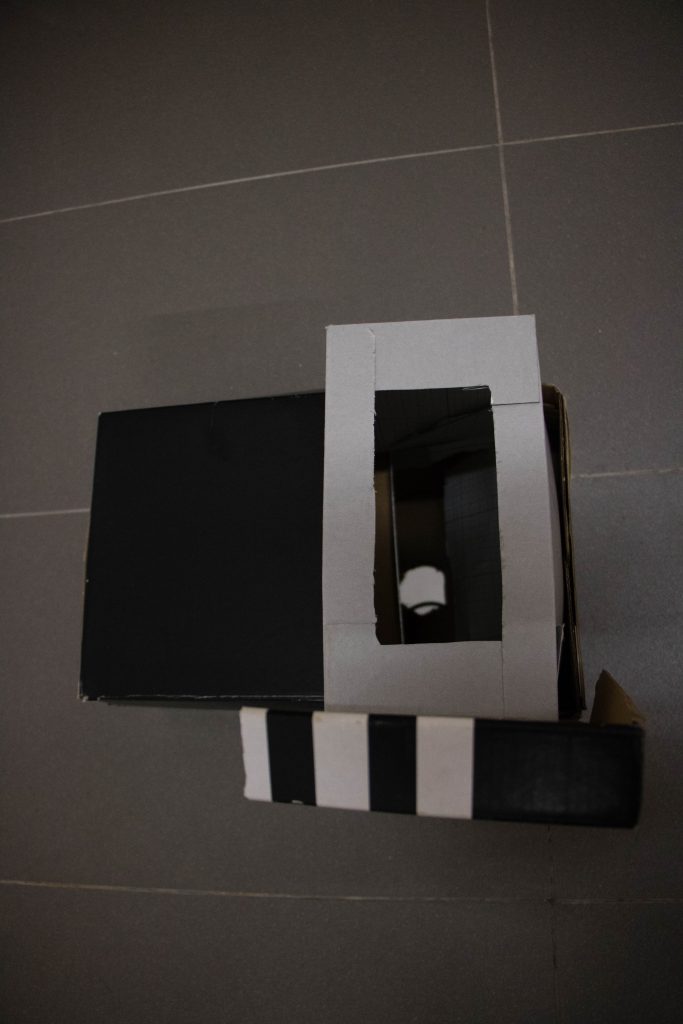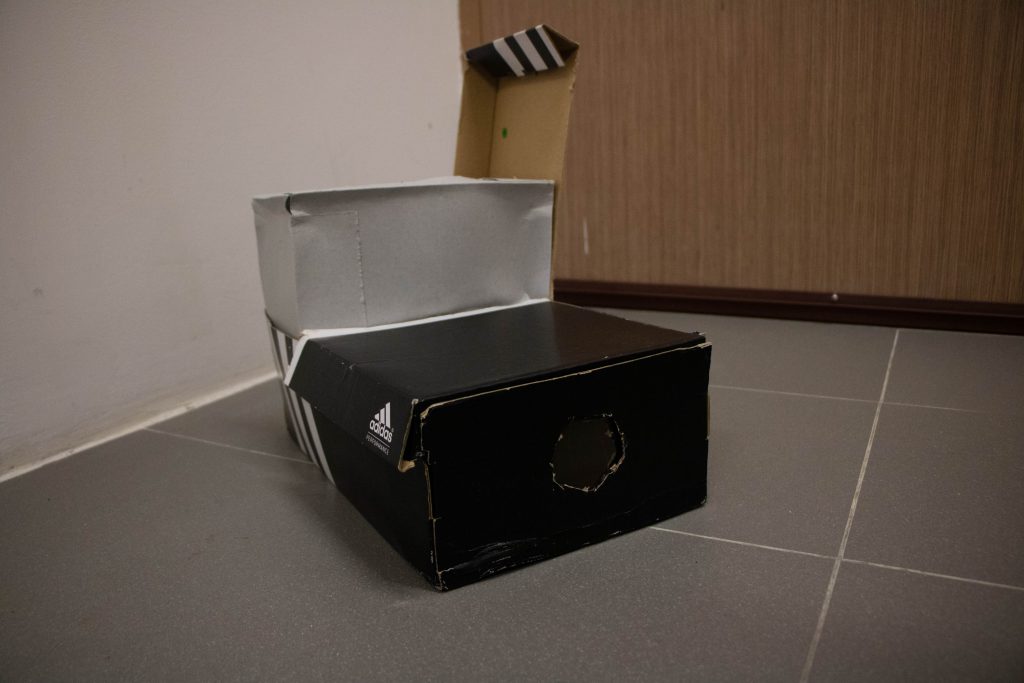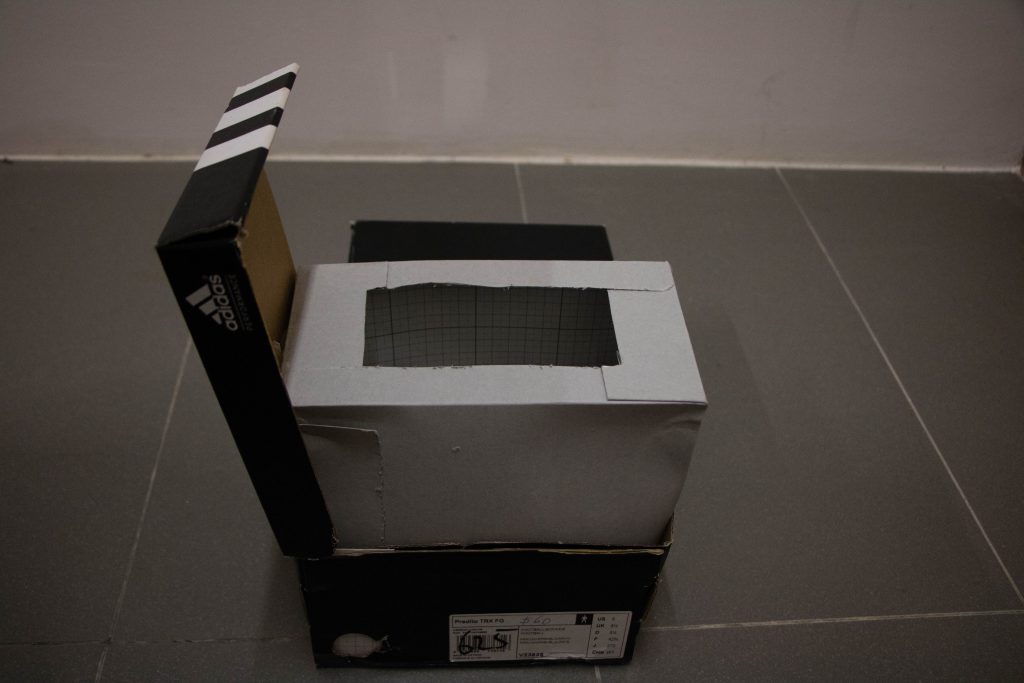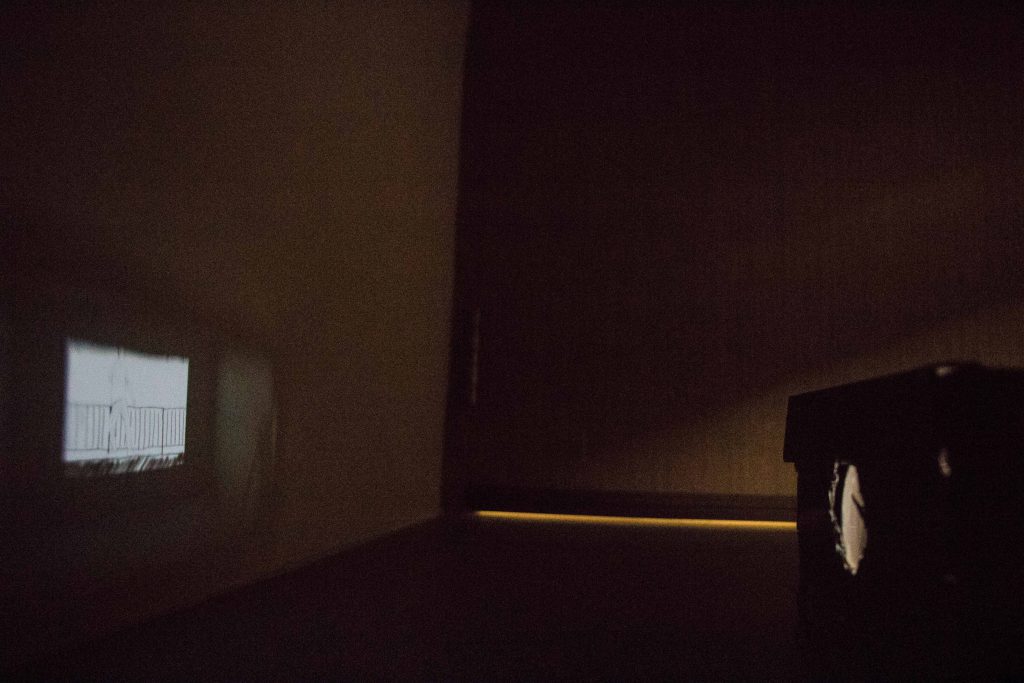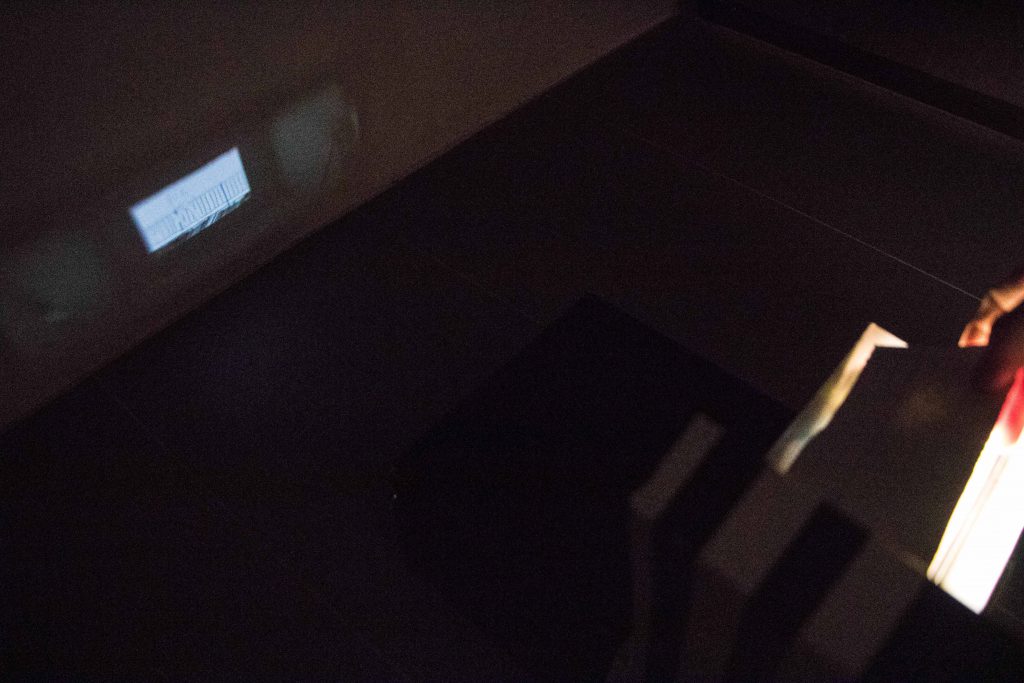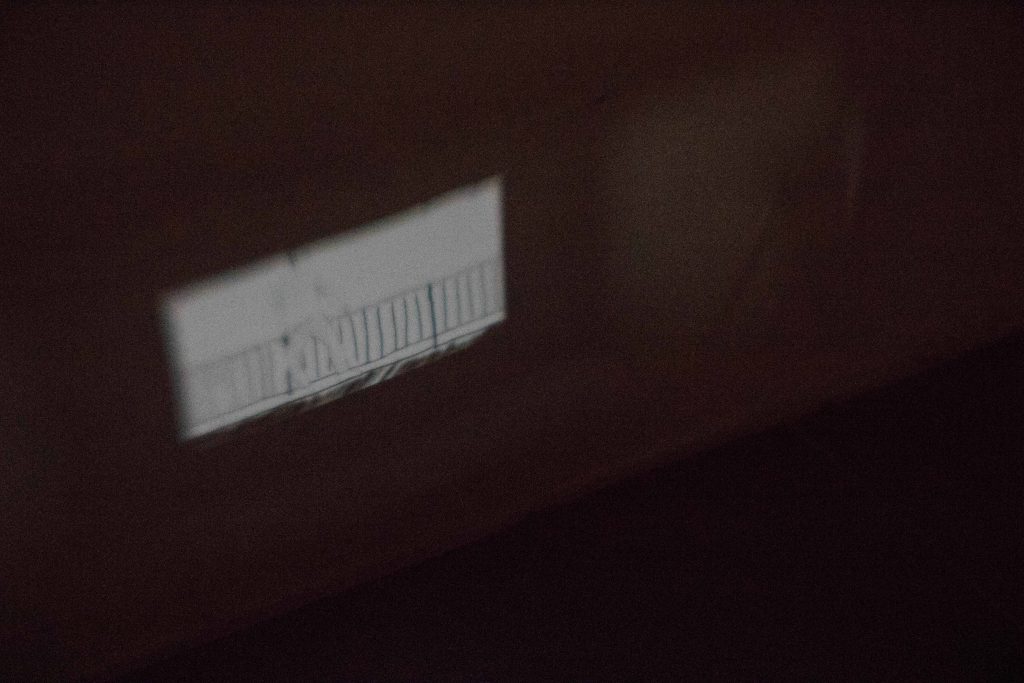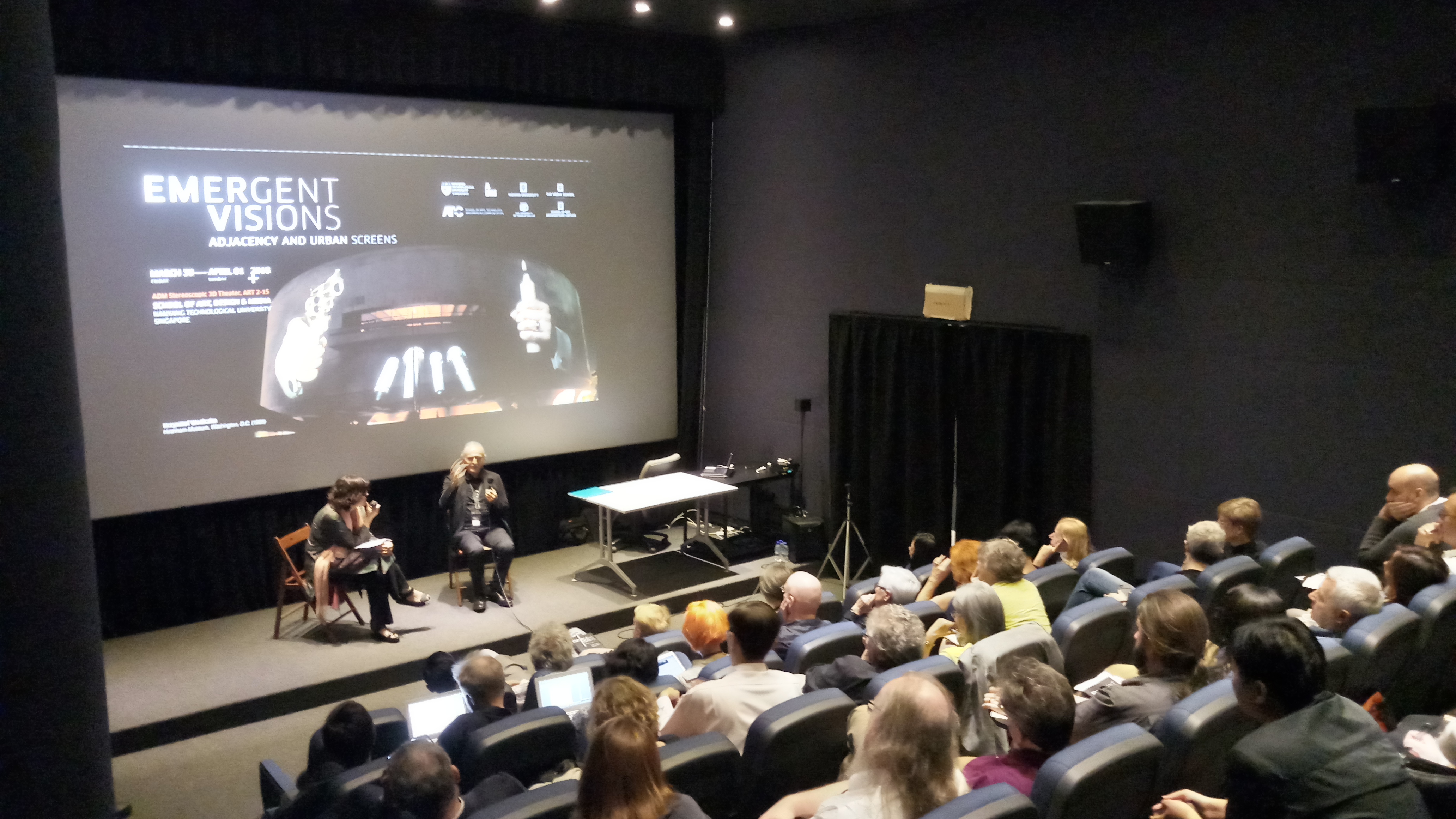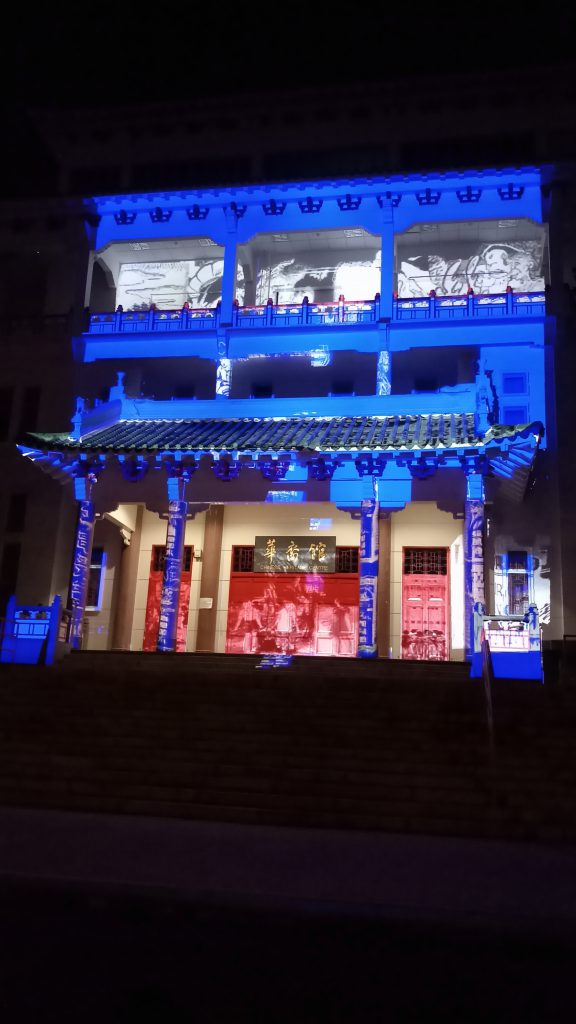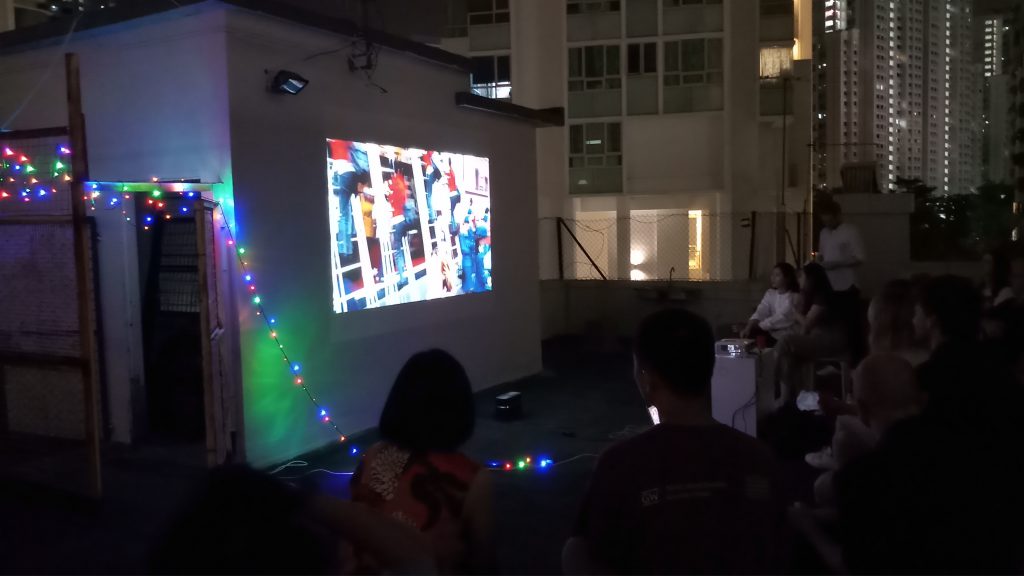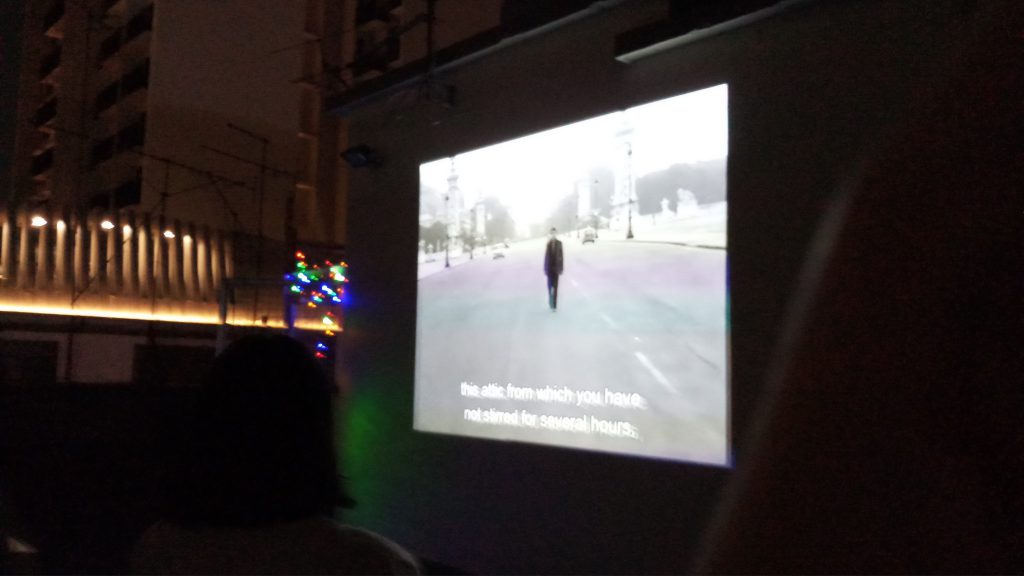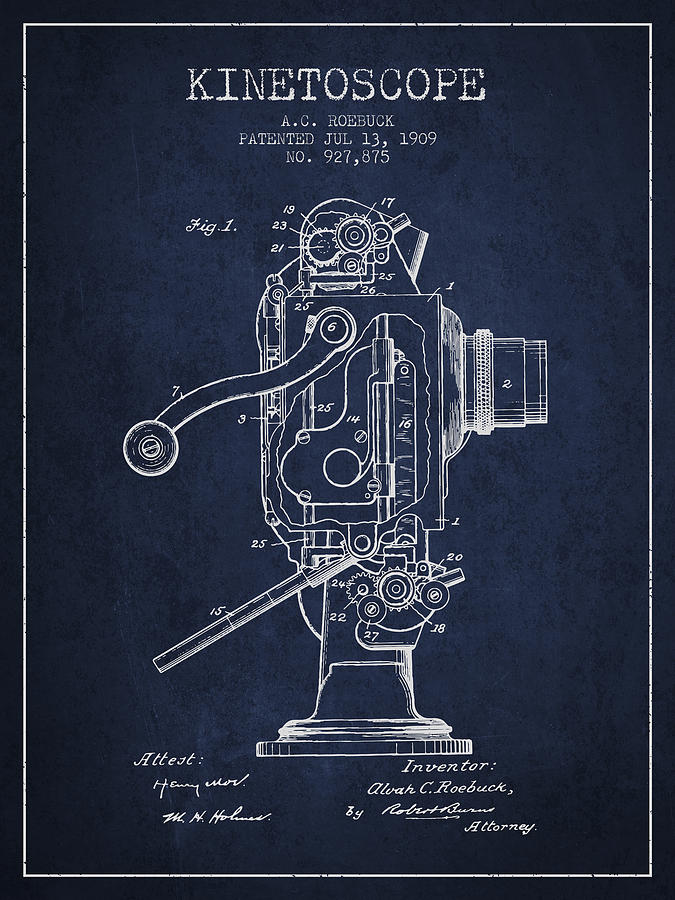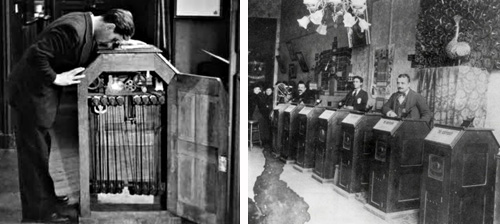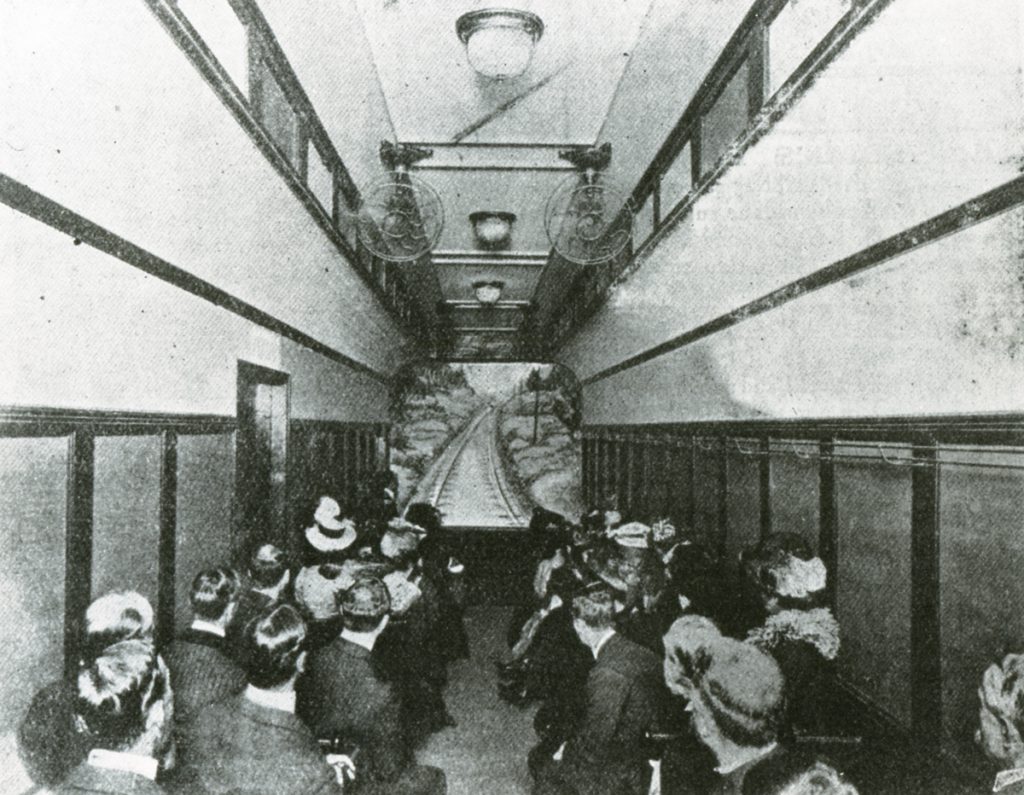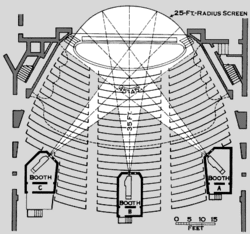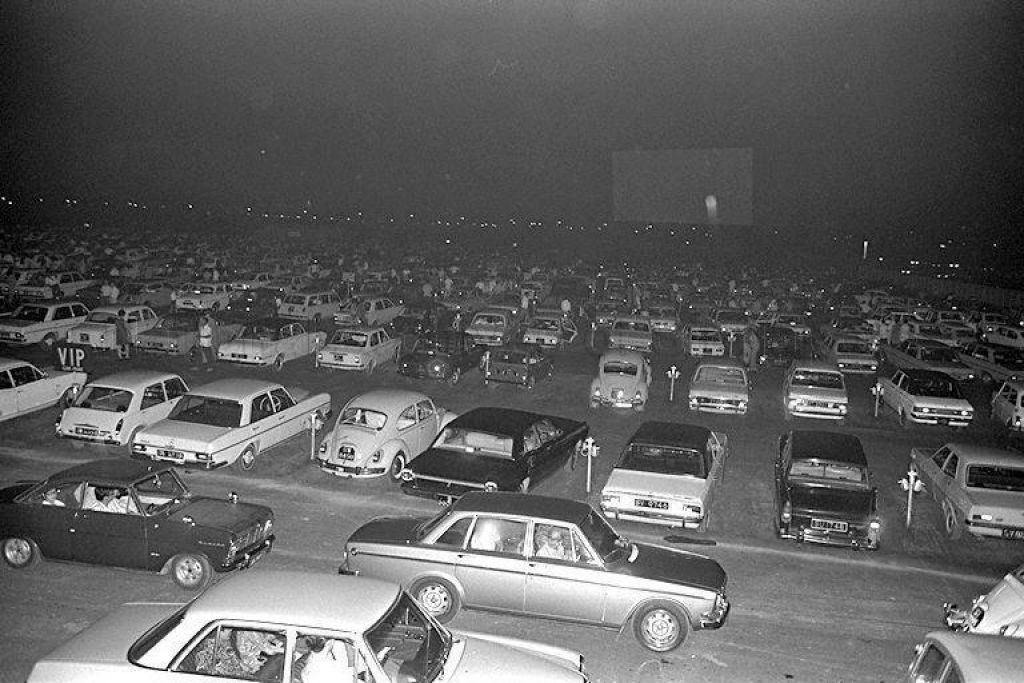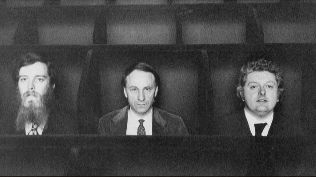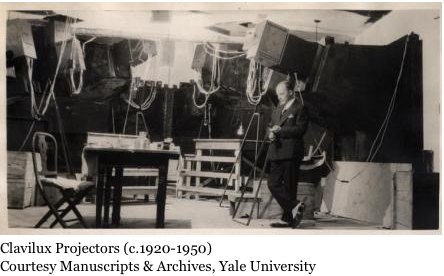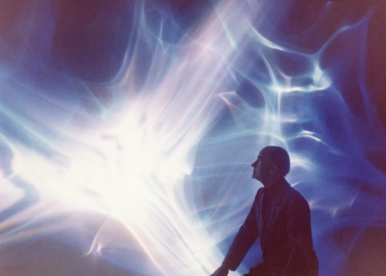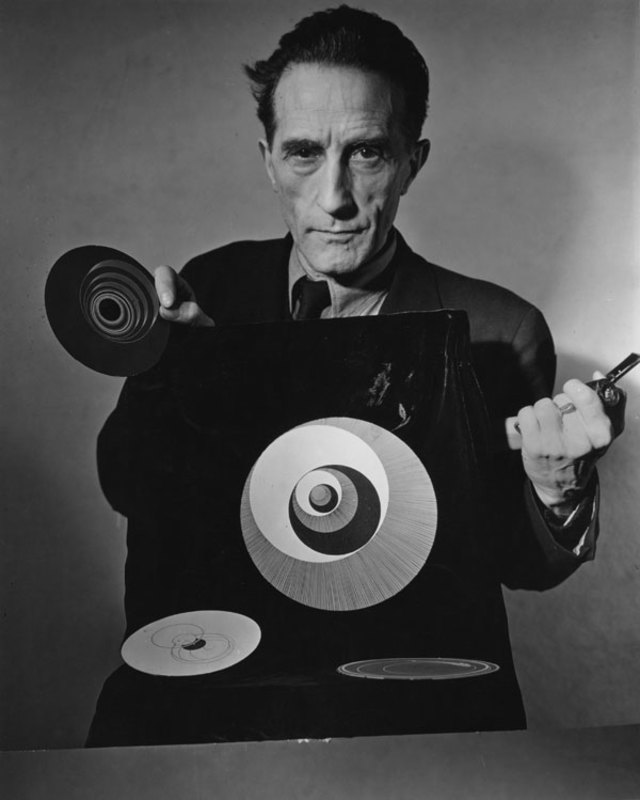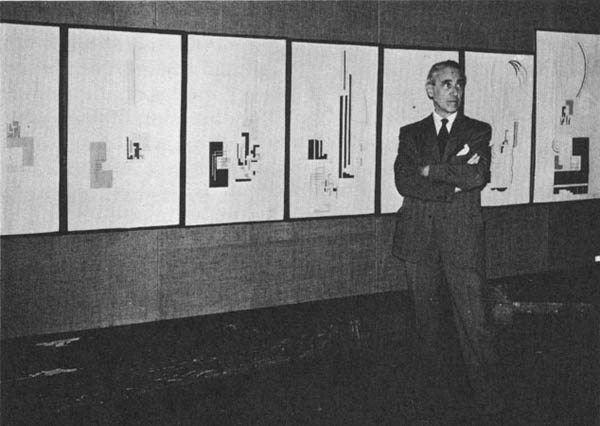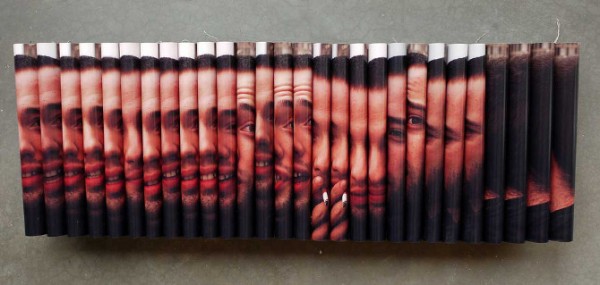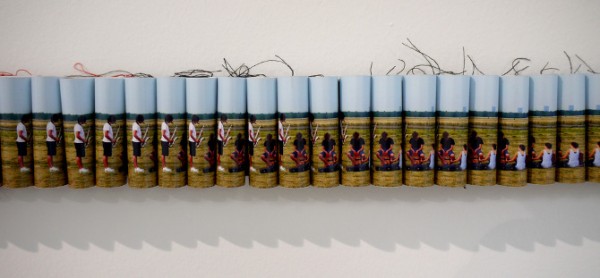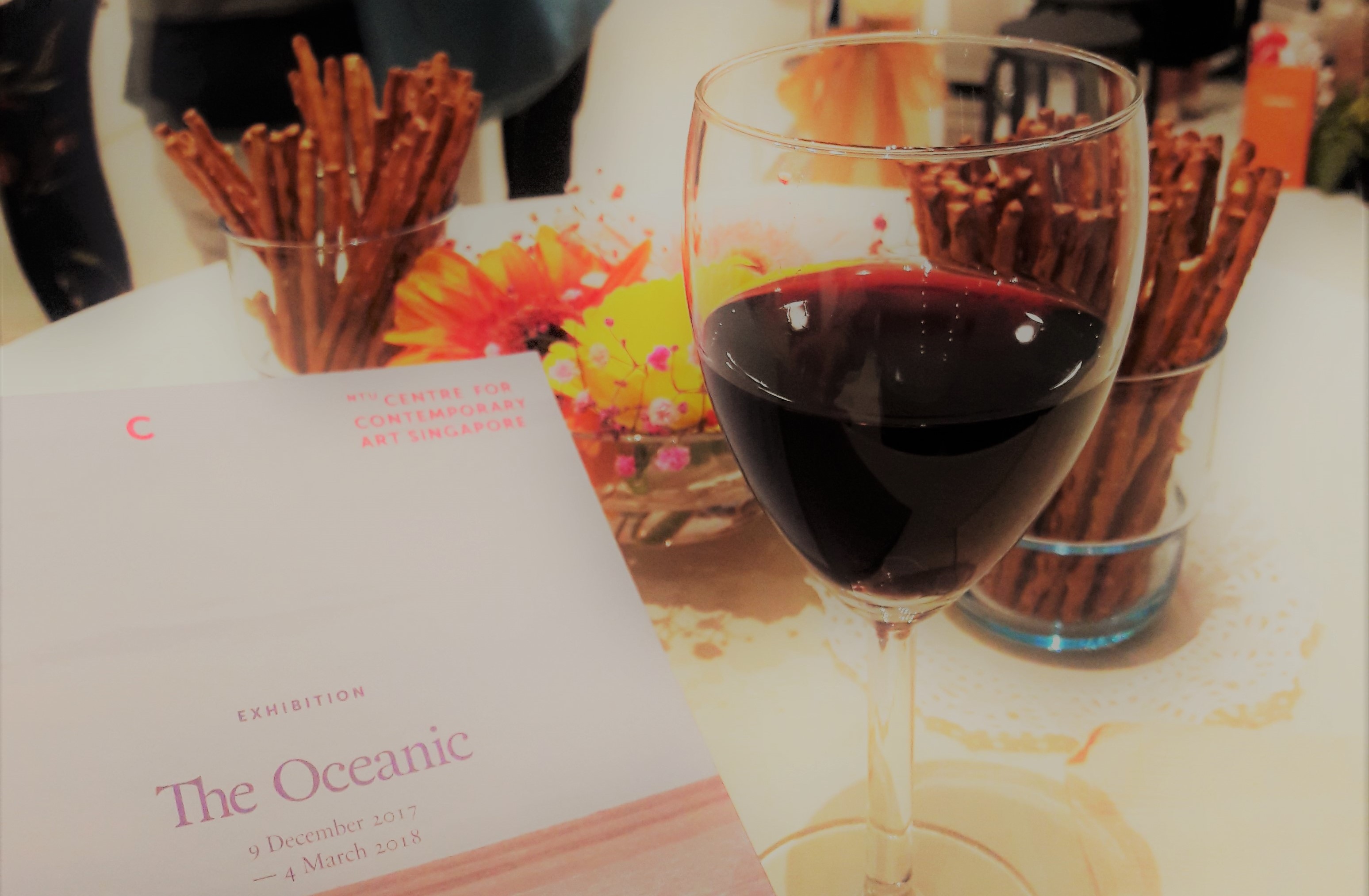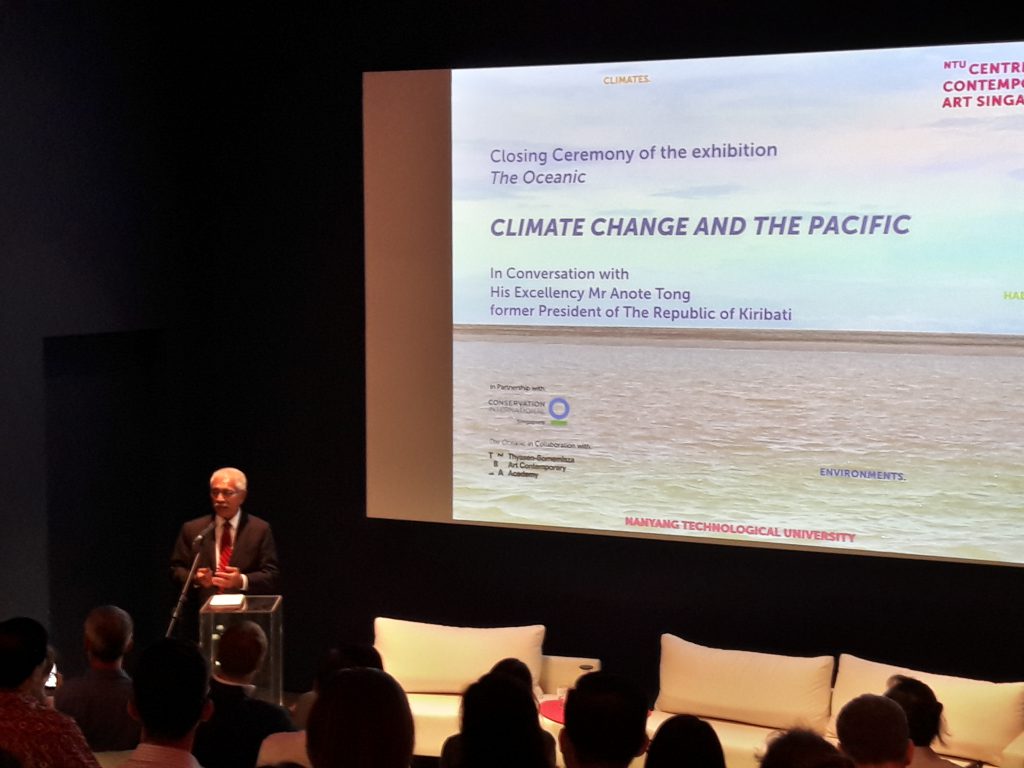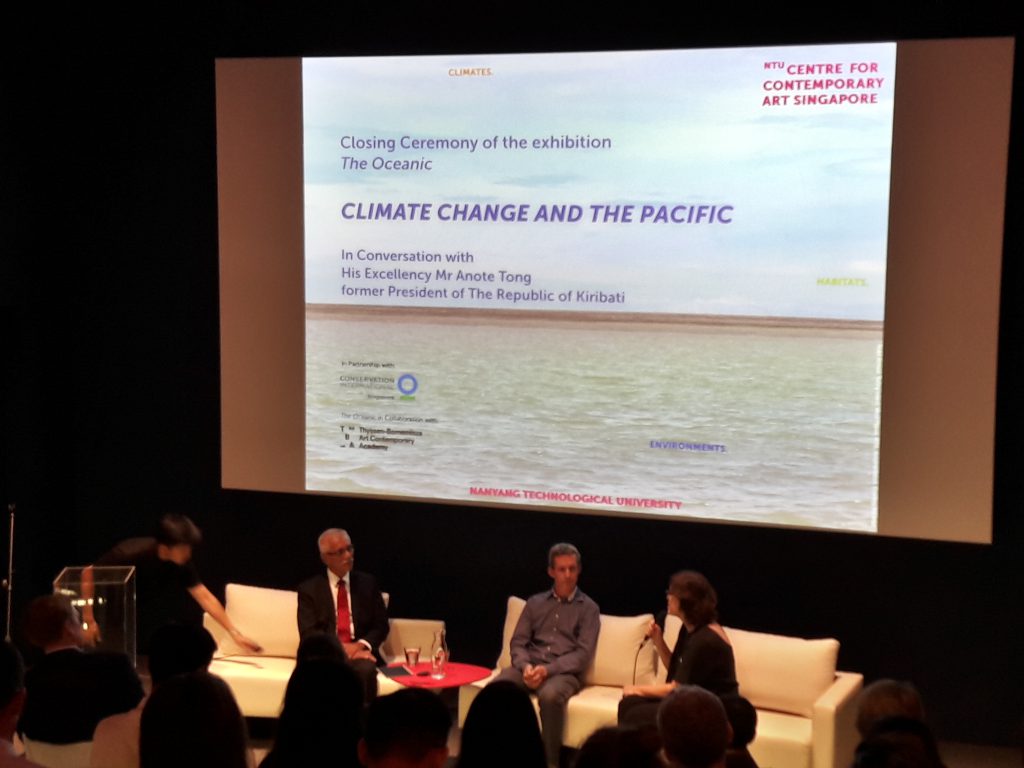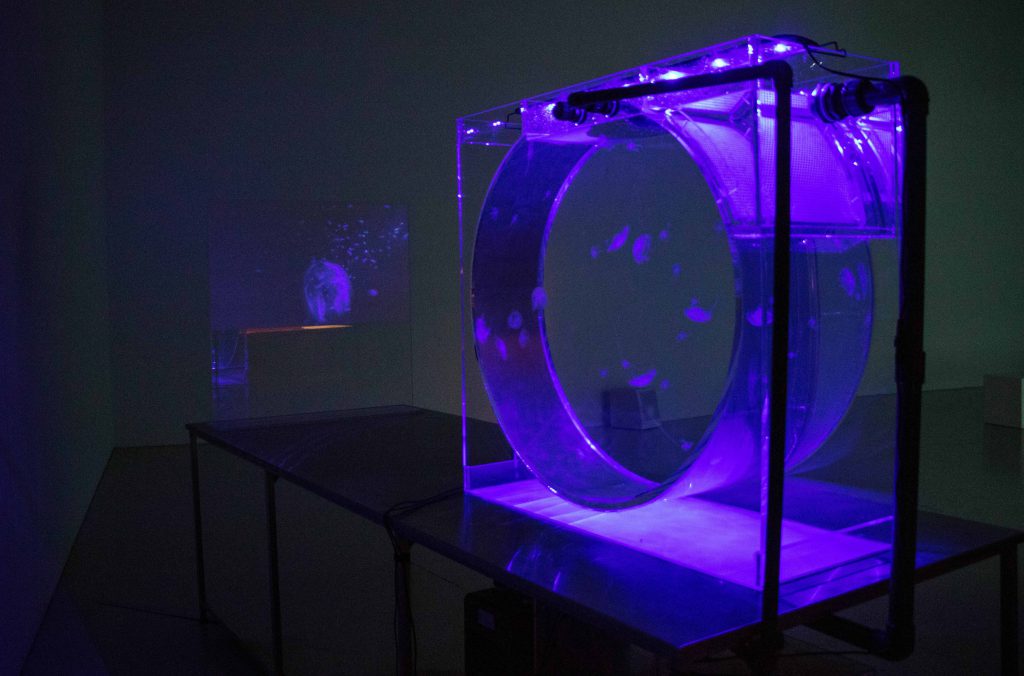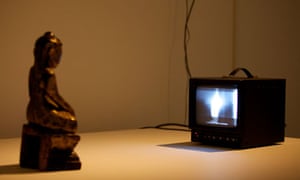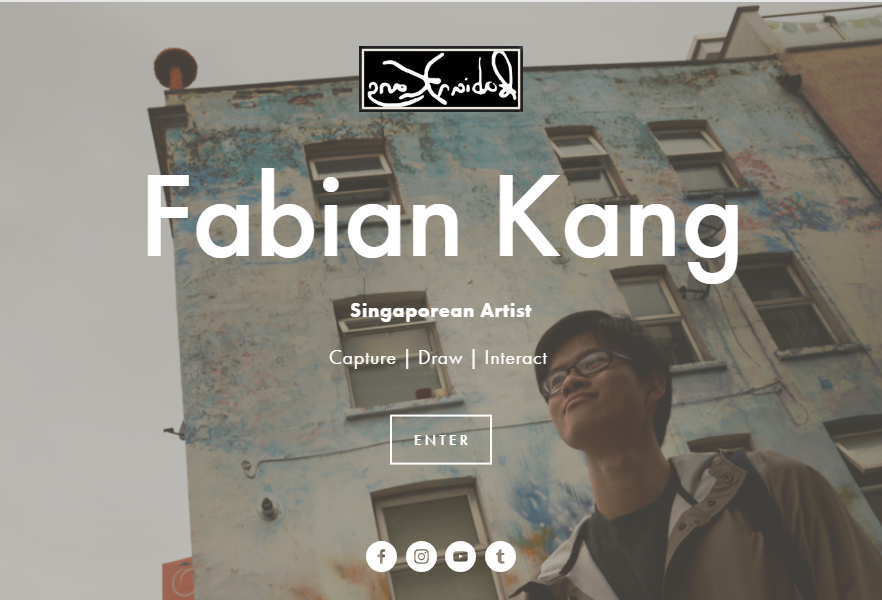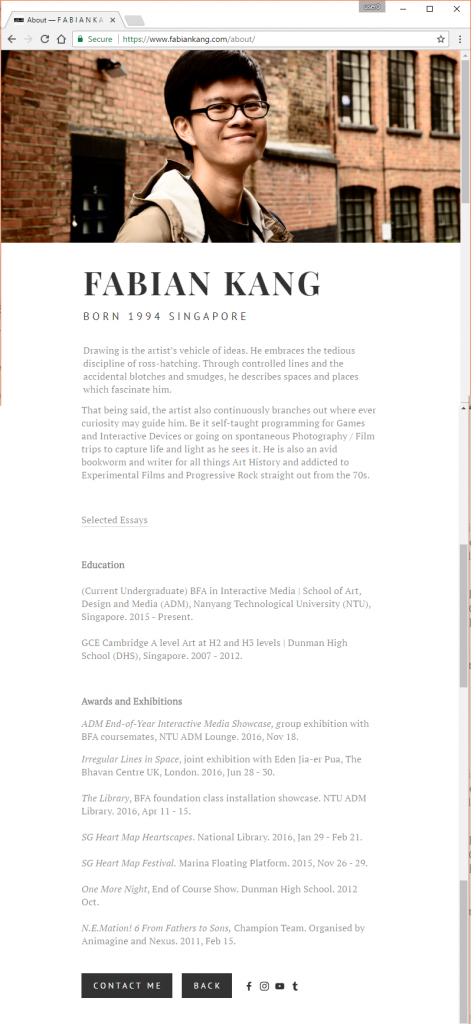While still awaiting SAM’s revamp to be completed in 2021, transforming itself to better meet the demands of a contemporary art space, it is wonderful to see that SAM at 8Q continues to provide meaningful contemporary art experiences. Cinerama is no exception. What I generally liked about the show is, that it showcases the diversity of culture and media in our South-east Asian region and that curating for moving images is such a great challenge that I found to be very well-placed.
Victor Balanon’s The Man Who (2017) was one work that stood out for me, perhaps due to my special interest in experimental film studies. It was captivating. A chord struck on the first viewing. I stood watching it re-run twice upon entering the gallery and once more before I left (although the clamor of the school kids in the adjacent room was rather irritating).

Film-making-Essayists
The Man Who is a silent black-and-white short film. Entering the space halfway through that 7 minutes, brings us a somewhat disjointed look and feel, but enough to be intrigued. Staying on for a re-run would allow us to see that for the most part there is an overarching narrative of the loneliness of working in a film studio. We follow an unnamed character and his process, both physically and mentally, of working alone in the space as the unnamed man behind the film. This melancholy is juxtaposed with the excitement of filmmaking itself. The film is visually energetic. A wide range of techniques are presented, including stop-motion, jump-cuts, time-lapse, etc.
I almost immediately identified Balanon’s work as a homage to Dziga Vertov’s The Man with the Movie Camera (1929). Not because of the somewhat connected titles, but because of the discourse they bring to the idea of filmmaking and the film medium. Vertov’s masterpiece is certainly an interesting case in point for film history as he makes film become almost self-aware of its own processes and materiality as a medium of moving images. In Man with the Movie Camera we see the film capturing itself on camera, editing itself and eventually projecting itself on the screen. It is the making-of the making-of films. Vertov throws at us a dizzying spellbound encounter with film. We proceed to ponder about the whole machinery behind the camera as we review the endless possibilities of the medium itself.


Stills from Banalon's The Man Who and Vertov's The Man with a Movie Camera
Jean-Louis Baudry wrote extensively on the film apparatus, such discursive systems and arrangements of culture that present film to direct the viewer into a certain mode of spectatorship. This is achieved by the illusion of the absence of the machinery that makes film. The camera is not apparently perceived. Baudry’s reference to Freudian psychoanalysis, quotes the Interpretation of Dreams, to liken the ideological effects of the film apparatus on the passive spectator to the way dreams operate for the dreamer, in the way that they both achieve a ‘decentralisation’ of the human universe.
Balanon and Vertov’s work both echo this same sentiment. They conjure up illusions, dive into the ‘decentralistation, but they however throw a curved ball and actively capture the film apparatus at work. Making no magic and mystery out of it all, they celebrate what the camera is. But between the processes leading from film to projection, I think that Banalon picks up on Vertov’s point of departure and brings in his special interest in the production aspect. Film is not made alone. It is not just the film-maker as auteur, but a whole team of unnamed people, just like the character form his narrative, all contributing to the process. These two film-making-essayists each have made their response to film using the sensibilities of the medium itself. Their works have this unique quality of self-reflexivity. We will continue to explore Balanon’s take on the film apparatus and what can be further unpacked from The Man Who.
Drawing, Film and What’s Behind It All
Spinning away from the film itself, the drawing adjacent to it, is also a significant element to consider. We see a kind of camera machinery drawn on the wall next to the projection area. You could almost believe that the drawing is projecting the film, had you not remind yourself seconds later how projectors work. The artist forces us to actively think about camera and projection; the film apparatus brought to the fore, prominently and permanently displayed, if you may.

What Banalon is attempting to get at here, however, is not so much the finished drawing on the wall but the act of drawing and what that involves with film-making as an artform. Drawing and film are closely related in their pursuit of the aesthetics of movement and perspective. We see in the jump-cut already, the facets of Cubism, the multi-perspective that Braque sought to recognise in his ‘painted montages’ of the viaduct, houses and roads at l’Estaque. Coupled with the futurists’ dynamism, their dogs on leashes, the whizzing trains and cyclists, as well, and even more so alive! Perhaps only Marcel Duchamp realised the closest representation achievable in oils, when he unveiled the Nude Descending a Staircase, No. 2 (1912). Film is an amalgamation of the many diverse aesthetic endeavours from the Modern times. What The Man Who does here is to remind us of these processes that extend beyond just the film apparatus.
The act of drawing, of course, points toward the person performing the act, already announced by the apt title, The Man Who. For me, the film starts and ends with this site-specific illustration. The character arc of the undermentioned film studio production guy comes full circle – we see the film and the machinery that operates it, yet we never see the people who are behind it all. Names on the credit crawl, names that we cannot put a face on. We hear Balanon’s personal voice in his work. For Balanon, it was definitely an important turning point when the artist made the decision to forgo dental practice to pursue an artistic career. But whilst he was working for a Japanese company, he had been one of those unnamed warriors battling against time and expectations to be a small piece of a huge production. Film needs the human touch. The reel-world may always be essentially fiction but the human aspect in production never lies. Banalon gives us a timely reminder as we join his gaze back to the advant-gardists.
I certainly have enjoyed The Man Who. You could say the drawing completes the film or vice-versa, yet they both stand for their own. It is this sort of connection that makes me appreciate great works when I see them. A resonance. I look forward to more great experiences like Cinerama.
Bibliography
Baudry, Jean-Louis and Williams, Alan. “Ideological Effects of the Basic Cinematographic Apparatus.” Film Quarterly, Vol. 28, No. 2, (Winter, 1974-1975): pp. 39-47. http://www.jstor.org/stable/1211632. (Accessed 1 March, 2018).
Bradshaw, Peter. “Man With a Movie Camera review – visionary, transformative 1929 experimental film.” Guardian, July 30, 2015. https://www.theguardian.com/film/2015/jul/30/man-with-a-movie-camera-review. (Accessed 26 February, 2018).
Martin, Mayo and Chan, Luo Er. “Singapore Art Museum to get S$90 million facelift”, Channel News Asia, 01 Apr 2017. https://www.channelnewsasia.com/news/singapore/singapore-art-museum-to-get-s-90-million-facelift-8709154. (Accessed 26 February, 2018).
Man with a Movie Camera (Chelovek s kinoapparatom). Dir. Dziga Vertov. 1929. Ukraine: All-Ukrainian Photo Cinema Administration, 1929, b / w 35mm, 68mins.
Vertov, Dziga. “WE: Variant of A Manifesto.” In Film Theory: Critical Concepts in Media and Cultural Studies, ed. Philip, Utterson, Andrew, and Shepherdson, Karen J., pp 138 – 141. United Kingdom: Taylor & Francis, 2004.
